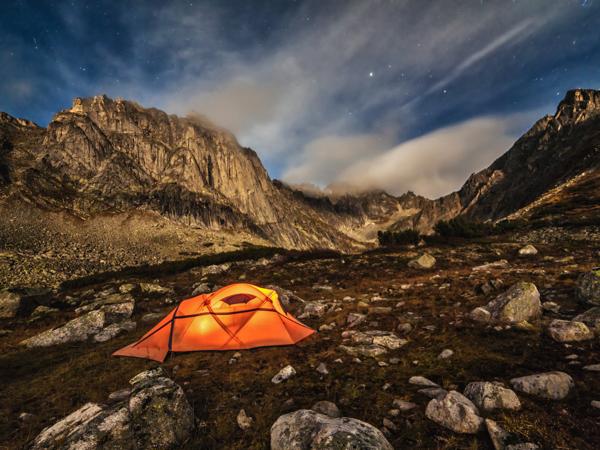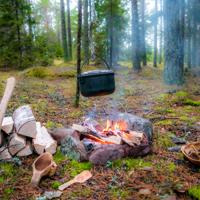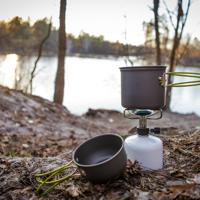In the world of emergency preparedness, ensuring you have reliable lighting can make a substantial difference in comfort and safety. With a growing emphasis on sustainability and self-reliance, solar-powered lighting options have emerged as a valuable consideration.
Solar lighting offers several advantages. It taps into a renewable resource—the sun—and can reduce dependence on traditional power grids, which may fail during emergencies. Here, we’ll explore several types of solar-powered lighting that you might find useful.
Solar Lanterns
Solar lanterns are versatile and particularly handy for emergency preparedness. These portable lights are easy to store and use. Simply place them in direct sunlight during the day, and they can provide several hours of illumination at night.
Example: LuminAID PackLite Series
The LuminAID PackLite offers lightweight, inflatable solar lanterns. They are easy to use and compact, ideal for both indoor and outdoor use. These lanterns can float, and many models are waterproof, making them particularly resilient in adverse weather.
Solar Flashlights
A solar flashlight can be an essential tool. These compact devices charge quickly during the day and usually come with energy-efficient LED bulbs. Many models also include a backup hand-crank generator.
Example: NPET T09 Solar Flashlight
The NPET T09 combines multiple charging options: solar, USB, and a hand-crank. Plus, this flashlight includes additional features like a seatbelt cutter and window breaker, which can be especially useful in vehicle emergencies.
Solar String Lights
Solar string lights can provide decorative and functional lighting. They work well for illuminating larger areas like campsites or gardens.
Example: Brightown Outdoor Solar String Lights
These string lights offer a warm ambiance with energy-saving features. They charge during the day, and their automatic on/off feature can be quite convenient in emergencies or day-to-day use.
Solar-Powered Light Bulbs
Traditional-looking yet solar-powered light bulbs can be hung in various spots, and they're surprisingly efficient during emergencies.
Example: Hqst Solar Light Bulb Kit
The Hqst kit usually includes a solar panel and a light bulb designed for hanging in critical areas. They're intuitive to use and can be exceptionally practical for home use when the grid is down.
Factors to Consider
- Charging Time: Assess how long the lights take to charge and how that matches your likely environmental conditions.
- Durability: Look for products with weatherproof or waterproof features, especially if you live in areas prone to harsh weather conditions.
- Versatility: Sometimes, multi-functionality can make a single piece of gear invaluable.
Conclusion
Choosing solar-powered lighting for your emergency kit can be a thoughtful step towards preparedness. By considering factors like sunlight availability and specific needs, these options can offer reliable illumination when conventional electricity isn't available.
Explore the products mentioned, compare their features, and think about what best fits your unique circumstances. With a little research and personal preference, you can illuminate your home efficiently during an emergency.




